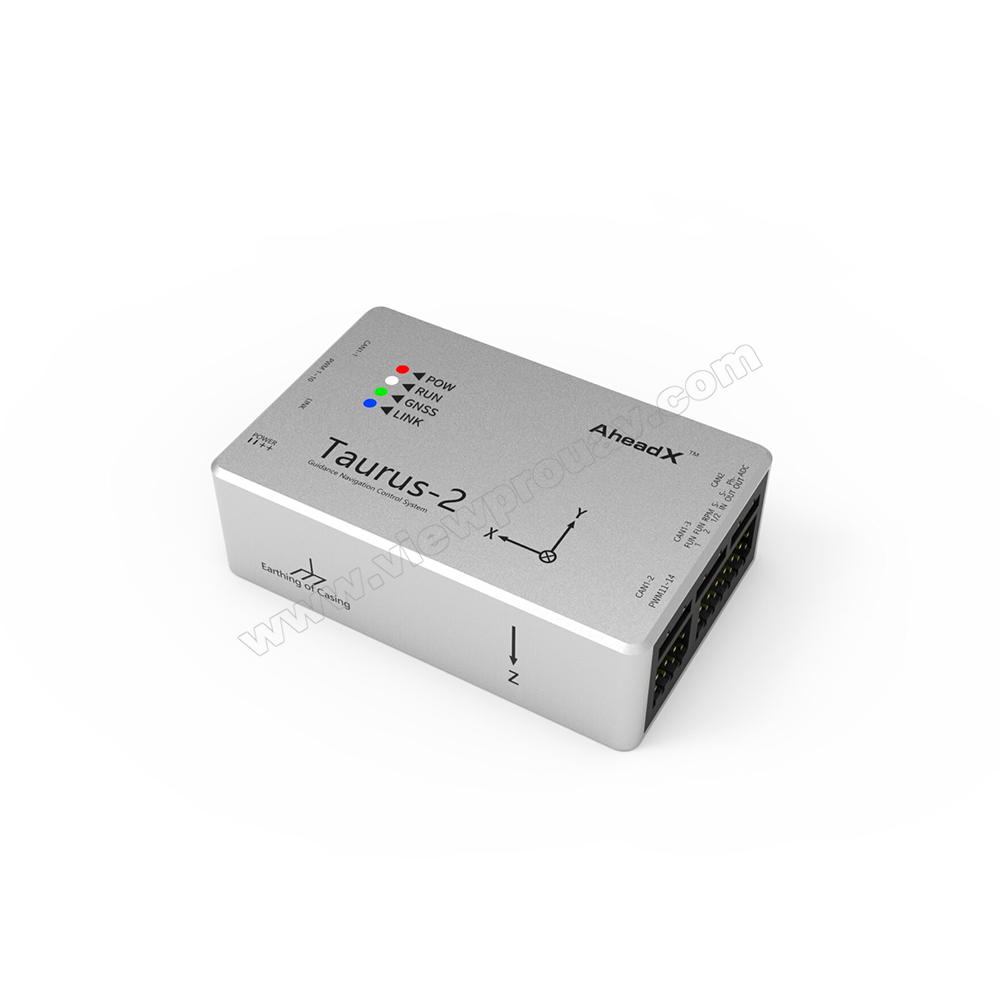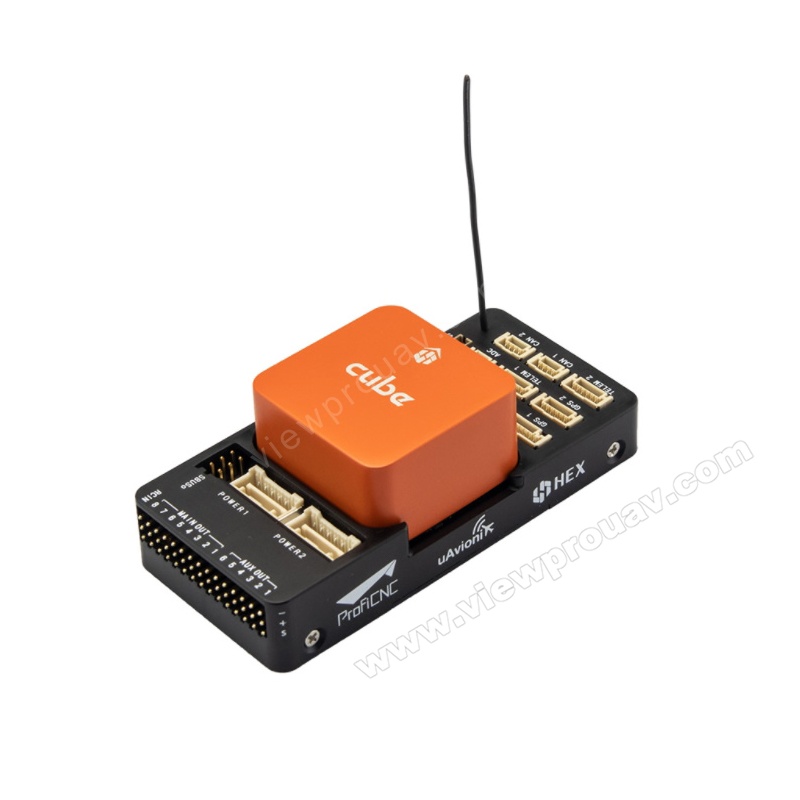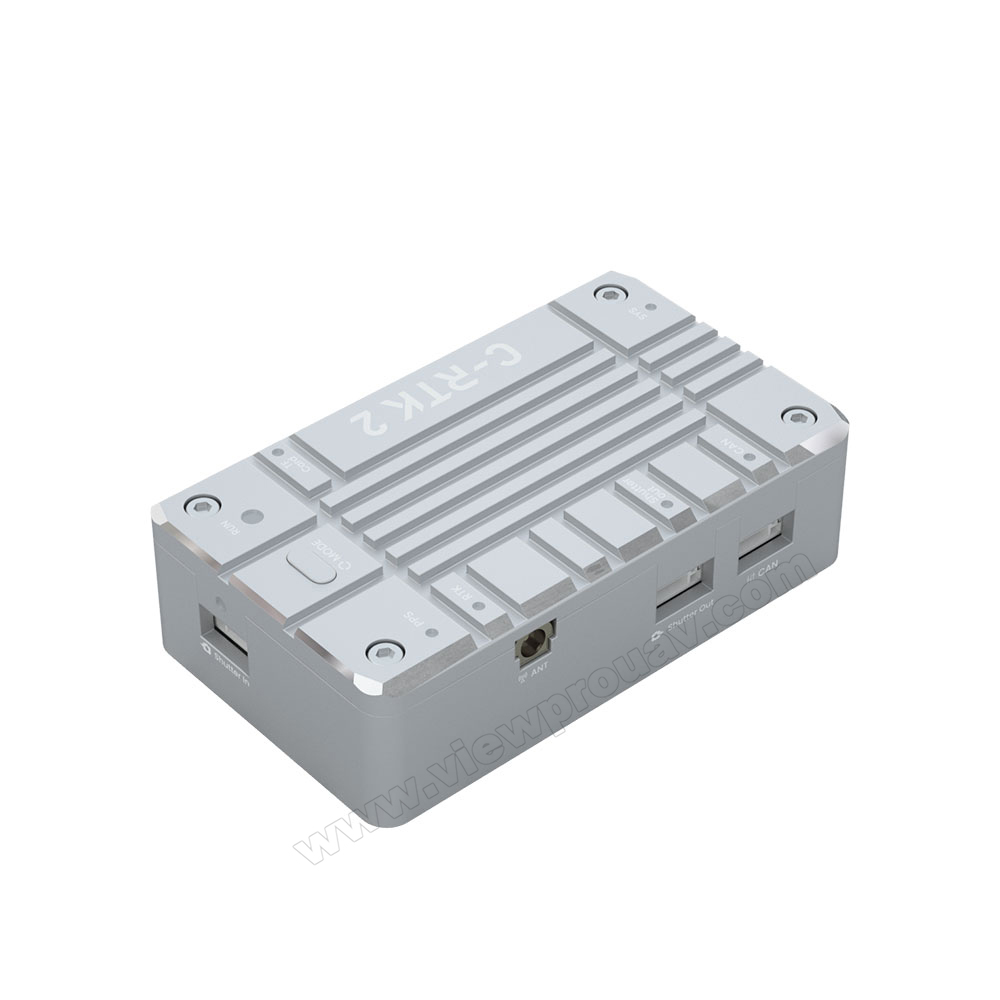SparkNavi Drone Flight Controller and GNSS/INS Made in Taiwan: Development for Specialist UAVs
SparkNavi Drone Flight Controller and GNSS/INS Made in Taiwan: Development for Specialist UAVs
Blog Article
Checking Out the Role of Drone Flight Controllers in Enhancing Trip Security and Navigation Performance
The innovation of drone modern technology has actually substantially boosted the value of trip controllers, which offer as the brain of these airborne lorries. By integrating real-time information from a selection of sensors, flight controllers enhance flight security and navigation performance, ensuring that drones can run smoothly even in complicated settings.

Understanding Trip Controllers
Trip controllers are important elements in the performance of drones, working as the brains that handle and maintain trip operations. These advanced devices process data from various sensing units, consisting of accelerometers, gyroscopes, and GPS, to ensure that the drone preserves its desired trip path. The flight controller translates this data and executes commands based on pre-defined formulas, enabling the drone to reply to ecological modifications, such as wind or barriers.
The key function of a trip controller is to maintain stability throughout flight. It achieves this by making real-time changes to the drone's motors and control surfaces, guaranteeing balance and control. Additionally, modern-day flight controllers incorporate sophisticated features such as waypoint navigation, enabling automated trip paths and boosted functional efficiency.
Recognizing the design of trip controllers is essential for both hobbyists and experts. They usually are composed of a microcontroller, firmware, and various user interfaces for sensor input and communication. As innovation developments, flight controllers have become more compact and qualified, integrating expert system to adapt and boost decision-making processes to complex flight scenarios. This evolution signifies an essential advancement in the drone industry, paving the means for much more advanced applications and safer operations.
Trick Elements of Flight Security
Attaining ideal trip security in drones counts on several crucial parts that work in concert to guarantee controlled and smooth operations. Central to this security is the trip controller itself, which processes information from various sensors to preserve the wanted flight mindset. This consists of accelerometers and gyroscopes that gauge movement and positioning, permitting real-time changes to the drone's position.
One more crucial part is the digital rate controllers (ESCs), which manage the power delivered to the motors. By finely adjusting motor rates in response to flight controller commands, ESCs aid maintain equilibrium and combat disruptions triggered by wind or unexpected movements.
Additionally, the layout of the drone's frame plays a crucial function in flight stability. A well-structured framework lessens resonances and improves the total wind resistant account, adding to smoother trip characteristics. The integration of advanced algorithms within the flight controller aids in anticipating changes, making certain a versatile and responsive flight experience.
Together, these components create a natural system that enhances a drone's stability, enabling precise handling and improved performance in various trip conditions.
Navigating Effectiveness Techniques
Efficiency in navigating is important for maximizing drone procedures, particularly in intricate environments. Efficient navigating strategies enhance the ability of drones to traverse difficult surfaces and avoid obstacles, therefore improving functional efficiency and security.
One famous technique is the implementation of advanced general practitioners and inertial dimension systems (IMUs) that give exact area monitoring and orientation data. These modern technologies permit drones to determine optimal trip courses in real-time, thinking about various variables such as wind problems and prospective challenges.
One more technique involves making use of formulas for path planning and optimization. Algorithms such as A * and Dijkstra's algorithm can be released to identify one of the most reliable route while lessening energy intake and flight time. Integrating equipment knowing versions can allow drones to adaptively find out from their environments, improving navigating capacities through experience.

Effect On Autonomous Drones
The combination of advanced navigating strategies has actually profoundly transformed the capabilities of autonomous drones, enabling them to operate with greater autonomy and precision. SparkNavi drone flight controller and GNSS/INS made in taiwan. These improvements are mainly credited to advanced trip controllers that make use of real-time data handling and sensing unit fusion, allowing drones to navigate complicated environments seamlessly
The impact on independent drones prolongs beyond simple navigation; it encompasses improved barrier evasion, improved security throughout vibrant conditions, and enhanced goal reliability. By leveraging formulas that integrate equipment learning and expert system, drones can adapt to changing conditions, making educated choices that enhance their flight courses while decreasing risks.
Furthermore, the implementation of robust trip controllers has actually assisted in the implementation of complicated jobs, such as aerial examinations, delivery solutions, and farming surveillance, with very little human treatment. This capability not just enhances operations however additionally decreases human error, thereby enhancing overall safety.
As an outcome, the functional range of independent drones has actually expanded significantly, making them crucial tools in different industries. Their ability to carry out effectively in diverse situations highlights the essential duty that advanced trip controllers play in shaping the future of unmanned airborne systems.
Future Trends in Flight Control
Frequently, innovations in trip control modern technology are positioned to redefine the landscape of drone procedures in the coming years. Emerging patterns suggest a significant change in the direction of improved expert system (AI) integration, making it possible for trip controllers to refine real-time information a lot more efficiently. This development will certainly assist in improved my response decision-making abilities, allowing drones to adjust to vibrant ecological problems autonomously.
Furthermore, the execution of maker discovering formulas is anticipated to boost anticipating upkeep, therefore minimizing downtime and extending the lifecycle of drone components. This proactive strategy to upkeep will be critical as drone applications expand throughout various markets, from agriculture to logistics.

.png)
Lastly, advancements in secure communication protocols will attend to safety and security and regulatory problems, making certain that drones can operate perfectly in overloaded airspaces (SparkNavi drone flight controller and GNSS/INS made in taiwan). Collectively, these trends direct towards a future browse around here where flight control systems are not only smarter and much more efficient yet also qualified of operating securely in an increasingly incorporated airspace
Final Thought
Finally, drone trip controllers are important to boosting flight security and navigation effectiveness via the innovative handling of sensor information. By preserving optimal flight perspectives and using advanced algorithms for path optimization and challenge avoidance, these controllers significantly add to the autonomy and operational security of drones. As modern technology continues to evolve, better developments in flight control systems are prepared for, guaranteeing better efficiency and increased capabilities in the realm of unmanned airborne cars.
By integrating real-time data from a variety of sensors, flight controllers boost trip stability and navigation effectiveness, making sure that drones can operate smoothly also in intricate settings.Trip controllers are indispensable parts in the performance of drones, look these up serving as the minds that maintain and manage trip procedures. In addition, modern-day flight controllers include advanced features such as waypoint navigating, allowing for automated trip courses and enhanced operational effectiveness.
Central to this stability is the flight controller itself, which processes data from various sensors to maintain the wanted flight perspective.In final thought, drone trip controllers are indispensable to boosting flight stability and navigation effectiveness with the sophisticated processing of sensing unit data.
Report this page